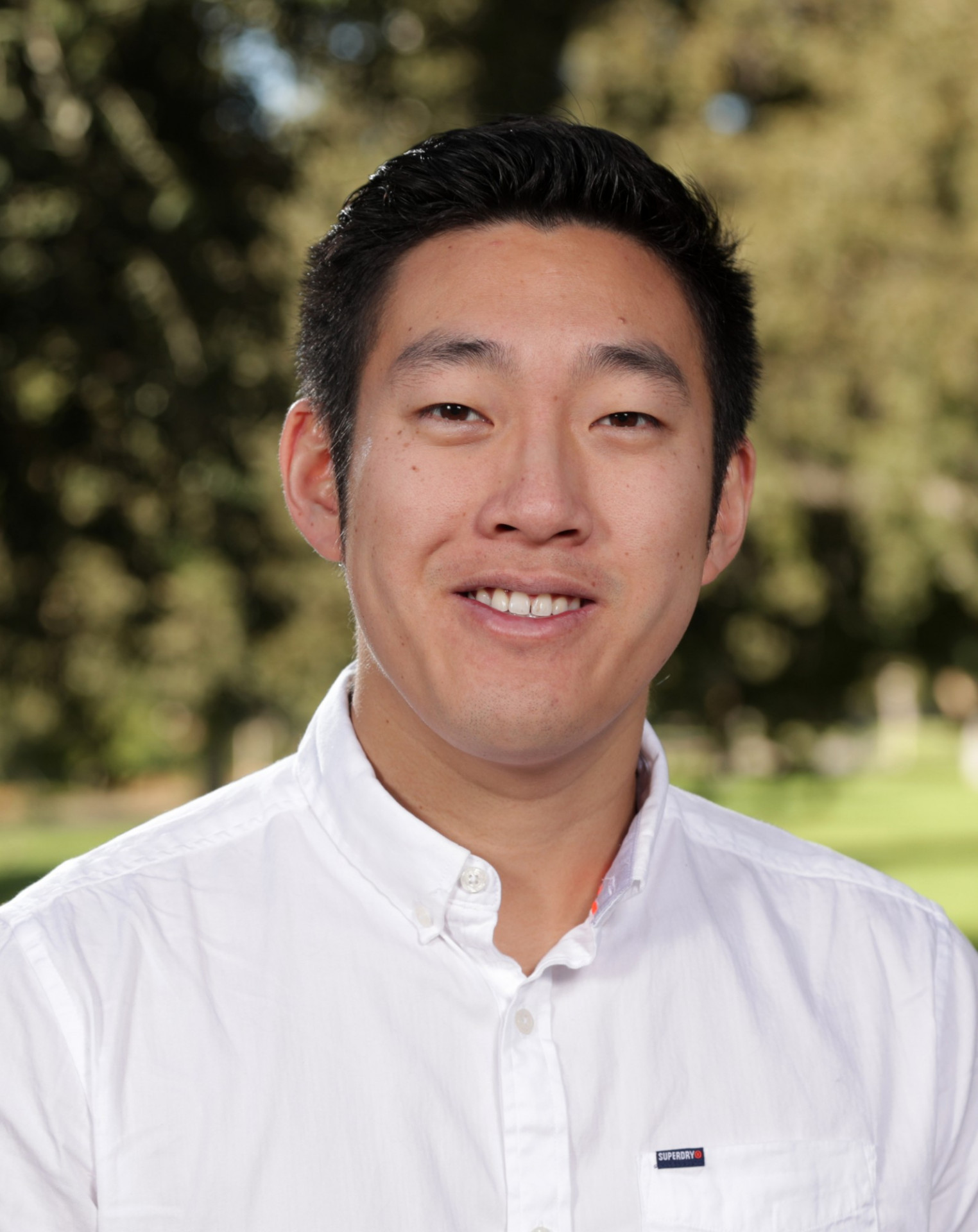Sila-Diamondoids: Atomically Precise Nanoclusters of Crystalline Silicon
Presented by Prof. Timothy Su
Hosted by Prof. Colin Nuckolls
Abstract:
This talk will describe the synthesis, derivatization, and quantum transport properties of silicon diamondoids—atomically precise clusters of crystalline silicon. First, we describe strategies for the synthesis and functionalization of the fundamental silicon diamondoid cluster, sila-adamantane.[1] Mechanistic insights support that an aluminate-stabilized silylium at the 2-position of sila-adamantane is the terminal intermediate in its isomerization synthesis; we can intercept this intermediate to install halides at the 2-position. In addition, we can tetra-substitute sila-adamantane at its bridgehead positions with the same or different functional group, or precisely edit the skeletal structure of the adamantyl core with heteroatom dopants such as Ge.[2] I will also describe strategies for preparing catenated materials from Si clusters as material building blocks. As sila- adamantane represents the ultimate limit of miniaturization for nanocrystalline silicon, these regioselective functionalization strategies provide the means for probing structure-property relationships in nanocrystalline silicon at an atomically exact level. For example, our studies on the optical properties of functionalized sila- adamantanes suggest that the surface-sensitive photoluminescent properties observed in silicon nanocrystals arise from their functionalization at tertiary surface sites, not secondary surface sites. Finally, we will discuss how the symmetry and dimensionality of silicon diamondoids gives rise to unusual quantum interference effects in conductive single-molecule junctions studied with the scanning tunneling microscopy break-junction (STM-BJ) technique.[3] We can chemically tune these quantum interference effects via regioselective substitution and harness them to create switchable molecular electronic components. These findings define the molecular origins of the fundamental difference between linear polysilanes and three-dimensional crystalline silicon in the context of charge transport.
References:
[1] T. C. Siu, M. Imex Aguirre Cardenas, J. Seo, K. Boctor, M. G. Shimono, I. T. Tran, V. Carta, T. A. Su, Angewandte Chemie International Edition 2022, 61, e202206877.
[2] M. I. A. Cardenas, T. C. Siu, A. E. Pimentel, M. O. Hight, M. G. Shimono, S. Thai, V. Carta, T. Su, 2023, Journal of the American Chemical Society, accepted.
[3] T. C. Siu, J. Y. Wong, M. O. Hight, T. A. Su, Physical Chemistry Chemical Physics 2021, 23, 9643–9659.

